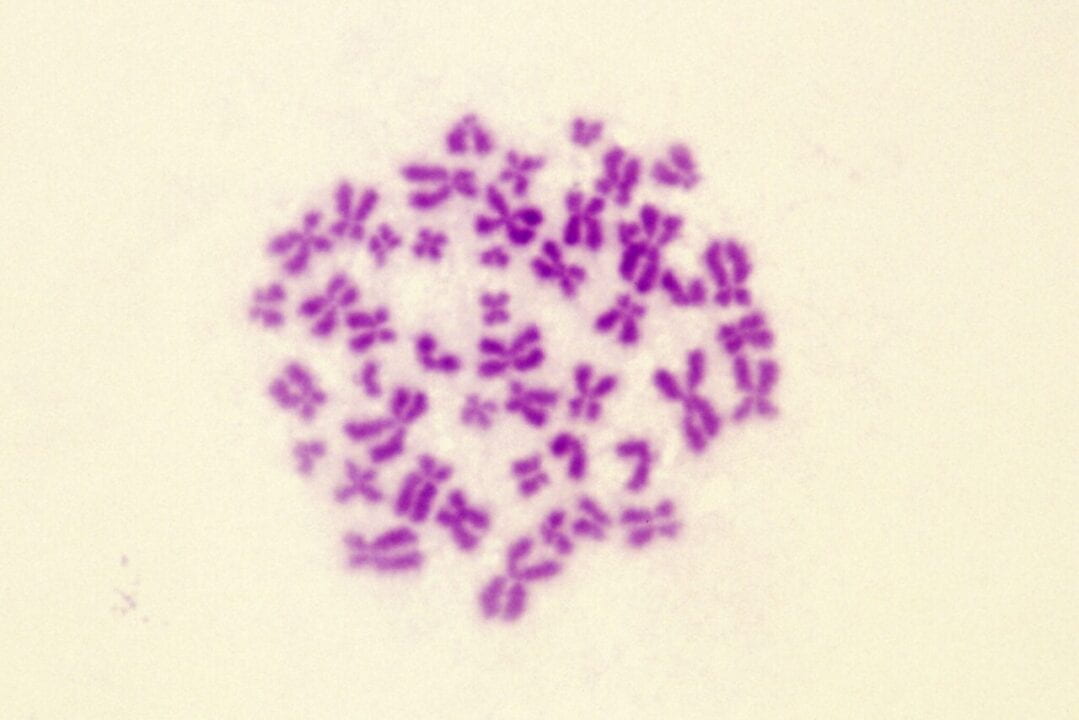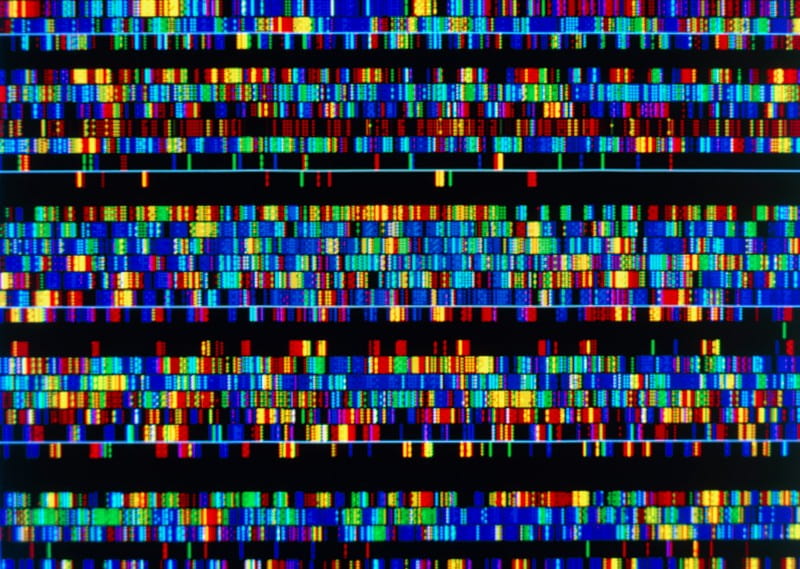Category: Sequencing
-

Large Scientific Collaborations Aim to Complete Human Genome
Jordan Eizenga is a postdoc at the UC Santa Cruz Genomics Institute and writes about the shortcomings of the current human genome reference and what the Human Pangenome Reference Consortium is doing to fix them. Read in The Scientist
-

From concept to commercialization: How UCSC researchers revolutionized DNA sequencing
Nanopore sequencing technology, which has dramatically lowered the cost and increased the accuracy of genomic sequencing over the last two decades, was first patented and developed at UC Santa Cruz. Its inventors reflect on its history, as well as its seemingly unlimited potential for advancing personalized medicine and our understanding of our world.
-

The complete sequence of a human genome
Nurk, S., Koren, S., Rhie, A., Rautiainen, M., Bzikadze, A. V., Mikheenko, A., Vollger, M. R., Altemose, N., Uralsky, L., Gershman, A., Aganezov, S., Hoyt, S. J., Diekhans, M., Logsdon, G. A., Alonge, M., Antonarakis, S. E., Borchers, M., Bouffard, G. G., Brooks, S. Y., … Phillippy, A. M. (2022). The complete sequence of a…
-

UCSC contributes to Guinness World Record for fastest sequencing
Isha Salian | NVIDIA | February 18, 2022 Guinness World Records this week presented a Stanford University-led research team with the first record for fastest DNA sequencing technique — a benchmark set using a workflow sped up by AI and accelerated computing. Achieved in five hours and two minutes, the DNA sequencing record can allow…
-

UC Santa Cruz’s Karen Miga Prominently Featured in Nature’s Top Technology to Watch in 2022
Seven technologies to watch in 2022 January 25, 2022 | Nature | Michael Einstein Roughly one-tenth of the human genome remained uncharted when genomics researchers Karen Miga at the University of California, Santa Cruz, and Adam Phillippy at the National Human Genome Research Institute in Bethesda, Maryland, launched the Telomere-to-Telomere (T2T) consortium in 2019. Now,…
-

A new way to find genetic variations removes bias from human genotyping
Previous genomic research has used a single reference genome, but now researchers at UC Santa Cruz have developed an effective new tool for mapping genetic variants to better represent human diversity in sequencing data.
-

Scientists Finish the Human Genome at Last
The complete genome uncovered more than 100 new genes that are probably functional, and many new variants that may be linked to diseases. Carl Zimmer | New York Times | July 23, 2021 Two decades after the draft sequence of the human genome was unveiled to great fanfare, a team of 99 scientists has finally deciphered the…
-

The Human Genome Is—Finally!—Complete
The Human Genome Project left 8 percent of our DNA unexplored. Now, for the first time, those enigmatic regions have been revealed. Sarah Zhang | June 11, 2021 | The Atlantic When the human genome was first deemed “complete” in 2000, the news was met with great international fanfare. The two rival groups vying to finish the…
-

Leading Scientist Working to Complete the Human Genome to Join UCSC Faculty
Karen Miga is a longtime Genomics Institute researcher, named “one to watch” by the journal Nature SANTA CRUZ, CA – June 10, 2021 – While the Telomere-to-Telomere (T2T) Consortium was heralding “the first truly complete assembly of a human genome,” University of California, Santa Cruz Assistant Research Scientist Karen Miga, the preprint’s lead author who…
-

The complete sequence of a human genome
In 2001, Celera Genomics and the International Human Genome Sequencing Consortium published their initial drafts of the human genome, which revolutionized the field of genomics. While these drafts and the updates that followed effectively covered the euchromatic fraction of the genome,
-

A complete human genome sequence is close: how scientists filled in the gaps
Researchers added 200 million DNA base pairs and 115 protein-coding genes — but they’ve yet to entirely sequence the Y chromosome.
-

Filling in the gaps telomere to telomere
February 10, 2021 | Katharine Wrighton | Nature Portfolio In 2020, almost 30 years after the launch of the Human Genome Project, Miga, Koren and colleagues published a paper describing the first gapless, telomere-to-telomere (T2T) assembly of a human chromosome, namely the X chromosome. This breakthrough was the work of the T2T consortium and brought…